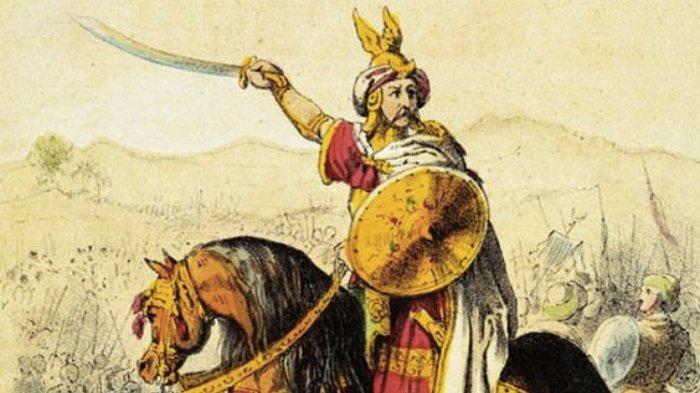Thariq bin Ziyad: Penakluk Andalusia
Early Life and Military Prowess:
Thariq bin Ziyad, born around 50 Hijri (670 CE) into the Berber tribe of Ash-Shadaf in North Africa, was a man of exceptional martial talent. Honed through rigorous training in horseback riding, weaponry, and strategy, he quickly rose through the ranks of the Umayyad army, renowned for his courage, leadership, and unwavering faith.
Conquest of Andalusia:
In 710 CE, Governor Musa bin Nusair entrusted Thariq with a monumental task: conquering the Visigoth Kingdom in the Iberian Peninsula. With a force of roughly 7,000, predominantly Berbers, Thariq landed on the Rock of Gibraltar (Jabal Tariq) in April 711, burning his ships to send a clear message – victory or martyrdom.
The pivotal Battle of Guadalete on July 19, 711, saw Thariq, despite being outnumbered, exploit Visigoth divisions and utilize brilliant tactics to secure a decisive victory against King Roderick. This triumph paved the way for a swift march through Andalusia, capturing major cities like Cordoba and Toledo, and bringing much of the peninsula under Muslim control within a year.

Legacy and Impact:
Thariq’s conquest of Andalusia is considered a masterclass in military strategy. He capitalized on Visigoth weaknesses, secured Berber and local support, and demonstrated immense courage and leadership. Under Muslim rule, Andalusia flourished into a center of learning, art, and science, with Cordoba becoming a renowned intellectual hub, preserving and enriching Greco-Roman knowledge while making significant advancements in various fields.
The Umayyad Caliphate of Cordoba, established by Thariq’s conquests, lasted for nearly three centuries, leaving an undeniable mark on the Iberian Peninsula and shaping European history. His legacy, however, remains complex and multifaceted. While revered as a hero in the Muslim world, his conquest marked the beginning of Islamic rule in Spain, impacting the region’s history and culture significantly.
I hope this biography, devoid of images, provides a concise yet comprehensive understanding of Thariq bin Ziyad and his historical significance. Feel free to ask further questions if you have any.
